POCUS Support for Professional Spanish Athletes

Point-of-care ultrasound (POCUS) is an essential everyday tool in sports medicine at the Clinica Ivre in Valencia, Spain.

Point-of-care ultrasound (POCUS) is an essential everyday tool in sports medicine at the Clinica Ivre in Valencia, Spain.

The Race Across America is billed as the world’s toughest bicycle race; a non-stop, coast-to-coast, transcontinental trek from Oceanside, California to Annapolis, Maryland.
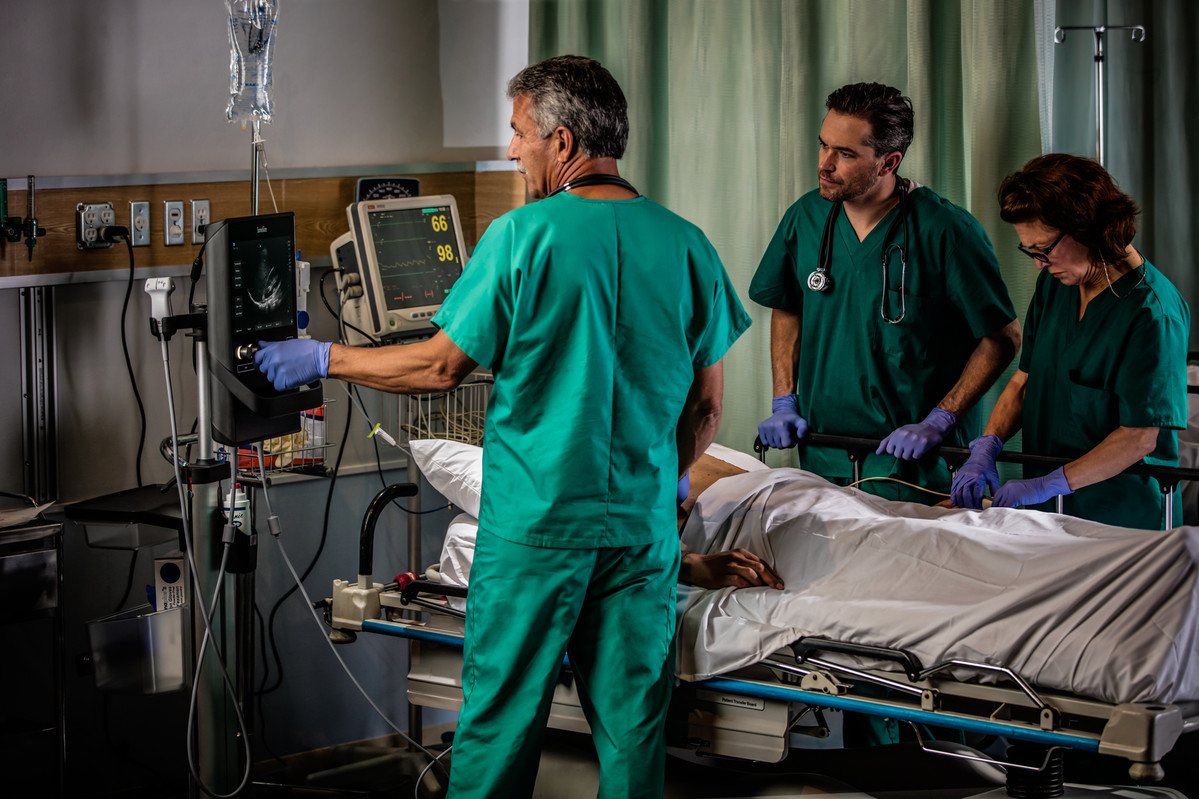
Point-of-care ultrasound is fast becoming a key instrumental technique in nephrology , supporting diagnostics and improving delivery of renal replacement therapy and subsequent vascular monitoring.

Vietnam’s wild elephant population has dropped from over 2,000 animals to less than 100 in 20 years, making the country’s 60 or so captive elephants vital to preserving the genetic lines of this critically endangered species.
Every day, 91 Americans die from opioid (prescription drugs or heroin) overdoses. This is the worst drug epidemic in the history of the United States.
How can emergency physicians help patients manage pain without accidentally getting them addicted to prescription opioids?
If you had to choose between inserting a PICC line (40-45 minutes) and inserting a PIV with ultrasound guidance (5-10 minutes), which would you choose to perform? What if your patient weighed less than 5 lbs? Or more than 500?
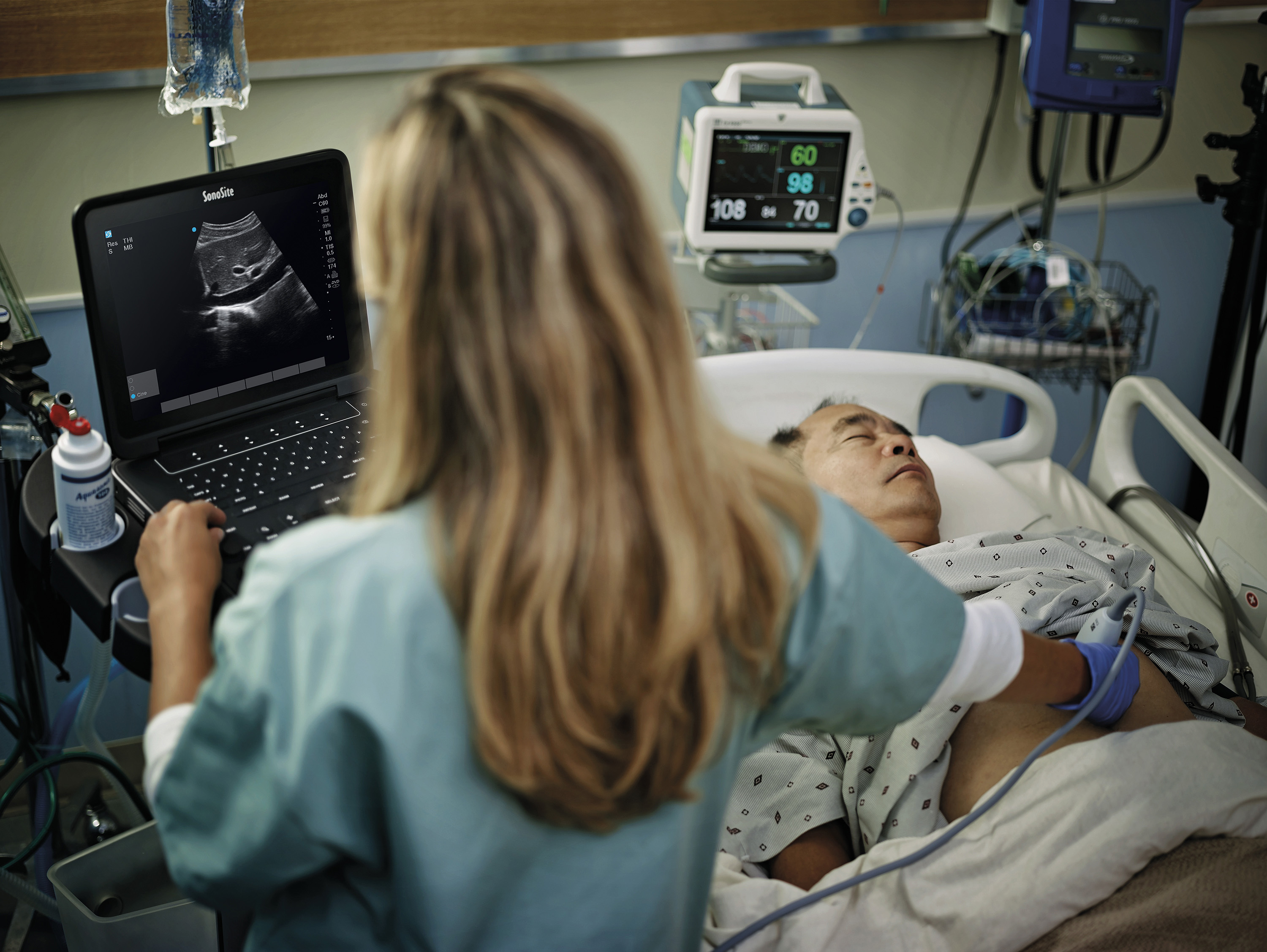
The answer varies from hospital to hospital, but we usually see Emergency Medicine, Cardiology, Critical Care and Anaesthesiology rounding out the heavyweight users of bedside ultrasound.
When Dr. Peter Steinmetz took on the task of ensuring McGill University’s medical school graduates would be proficient in the use of point-of-care ultrasound, he faced numerous challenges, not the least of which was the fact that the undergraduate medical school curriculum was already full.

A Sonosite SII point-of-care ultrasound system recently played a key role in an innovative procedure of thyroid surgery without the use of general anaesthetic.
Dr. Rüdiger Eichholz, a consultant anaesthetist working for private practise in Stuttgart, Germany, explained the case.
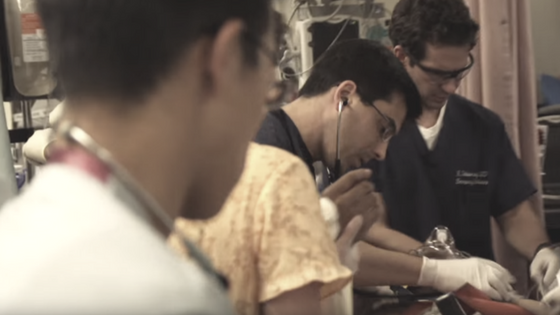
There are a lot of things Las Vegas is known for – gambling, over-the-top entertainment, and world-class dining. Now there’s one more thing to add to that list: ACEP 2016 – the leading event for emergency medicine. In a few days, thousands of emergency medical professionals from around the globe will gather for ACEP16, an immersive experience that goes beyond what typical medical conferences offer. So what makes ACEP16 so important?

Dr. Thomas Sullivan recently returned from Quang Nam province in Vietnam, where he had volunteered at a series of clinics in late July, with the assistance of ASSORV through the Vietnam Health Clinic group of the University of Washington.
Has it really been a year already? We’re back in LA this week for another edition of CHEST, the premier clinical event for chest medicine in the U.S. We love CHEST because the show connects a global community around not just networking and new technology, but brings together new research, instruction and interactive simulations too. If you’re a veteran of CHEST you probably know your way around the show.
Dr. Peter Steinmetz, co-chair of WCUME 2017 and Director of Undergraduate Bedside Ultrasound Teaching at McGill University answers questions around the use of point-of-care ultrasound (POCUS) and ensuring its proper use worldwide.

The Clinique Juge is a Marseille clinic specialising in ambulatory surgery. Combining regional anaesthesia with focused pre- and post-operative care, the clinic aims to allow patients to return home soon after orthopaedic surgery, often on the same day as their procedure. Anaesthetist Dr Philippe Grillo explains the benefits of this approach, and the role of point-of-care ultrasound in ensuring effective nerve blocks and post-operative pain relief.

From July 1-2, the Morzine ski resort in Savoy, France hosted the Spartan Race, an obstacle course open to all physical abilities and all levels. Competitors from all over Europe took part in the event.

"My first encounters with ultrasound were guided by efforts in Heidelberg to improve epidural anaesthesia in obstetrics.
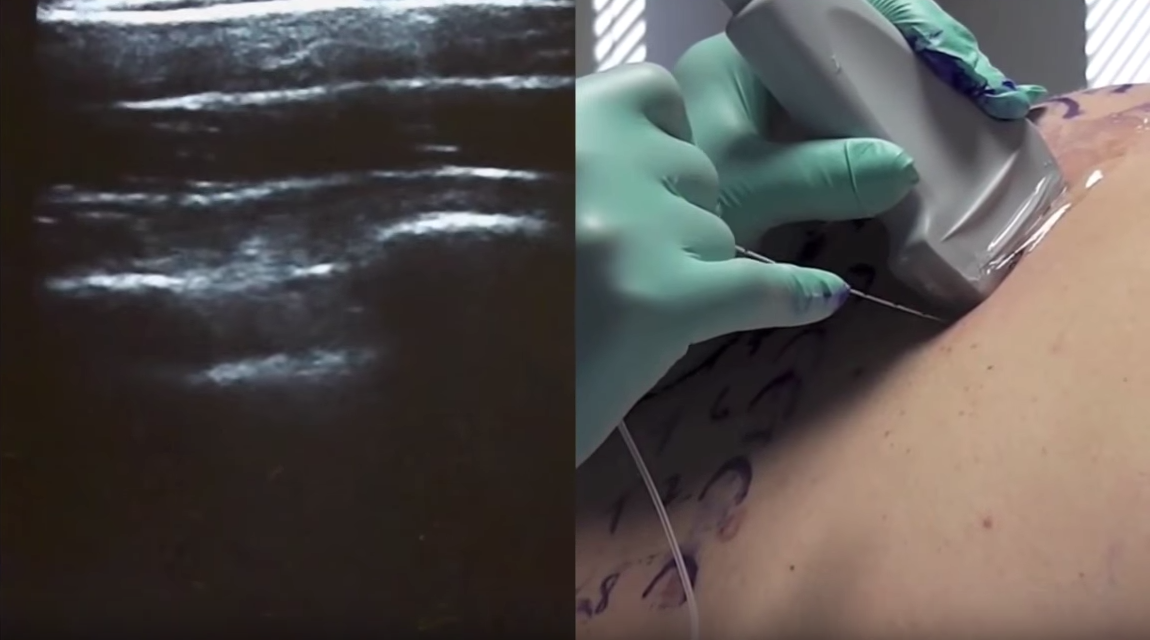
This module will show you how to:

Did you know that nearly half of all opioid overdoses involve a prescription?
Physicians are beginning to tackle the problem at ground zero: in the ED, where many patients receive their first prescription opioids.
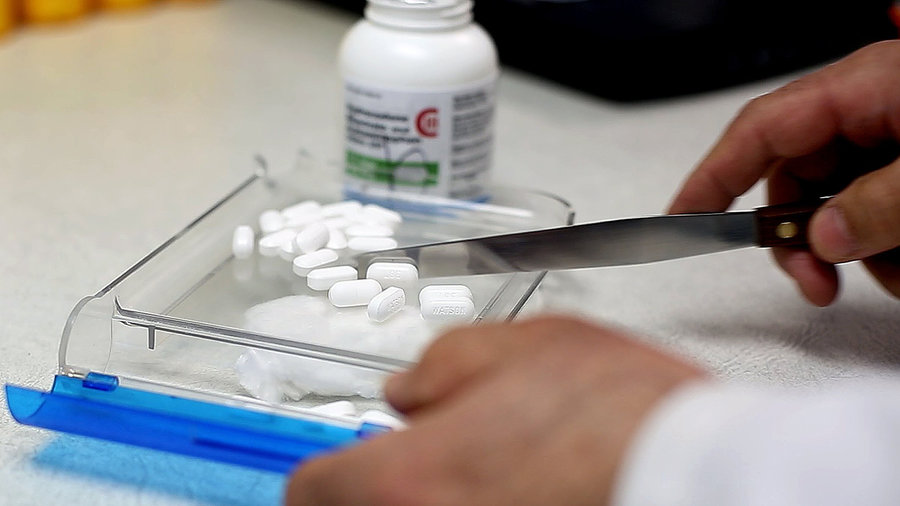
It’s no secret that the U.S. is in the throes of a major heroin epidemic, at least partly caused by the over-prescription of opioid painkillers by well-meaning physicians. When it comes to perioperative pain control, there are new ways to tackle patient discomfort without resorting to prescription opioids.